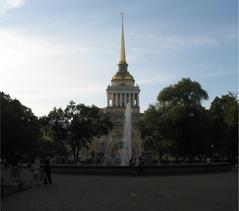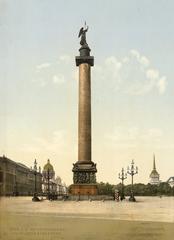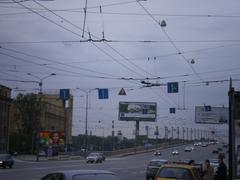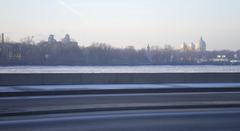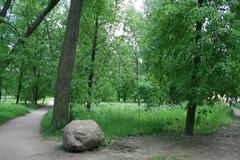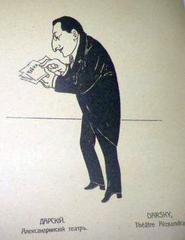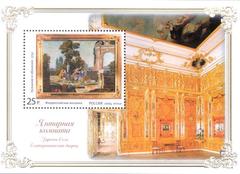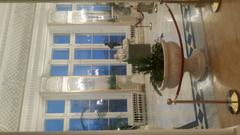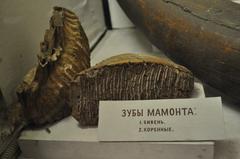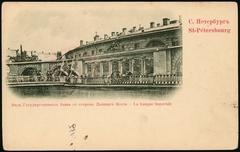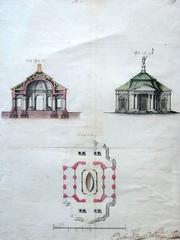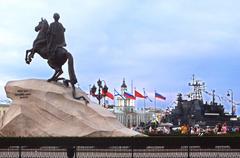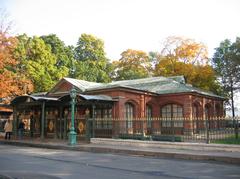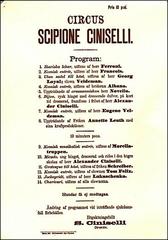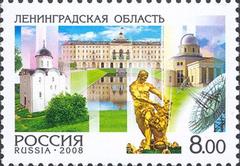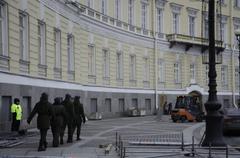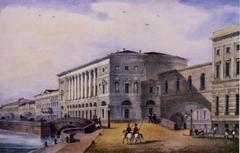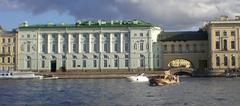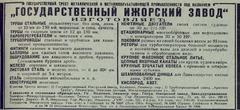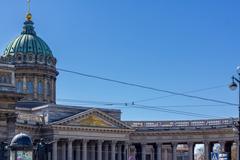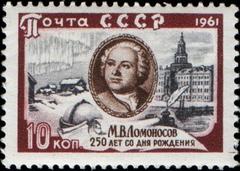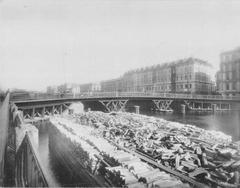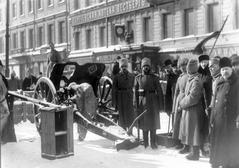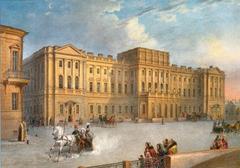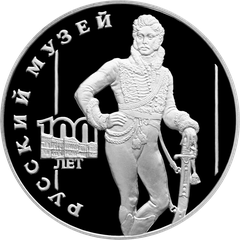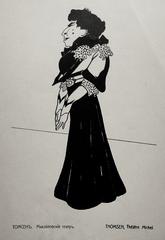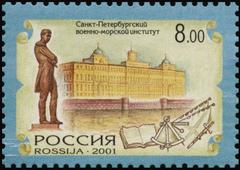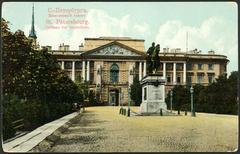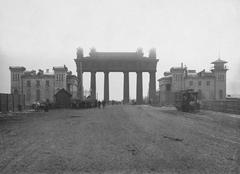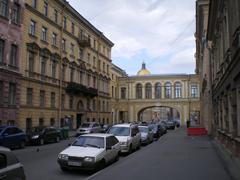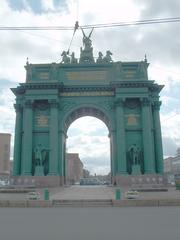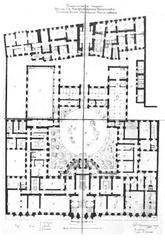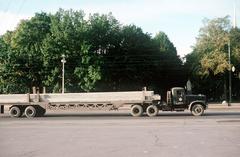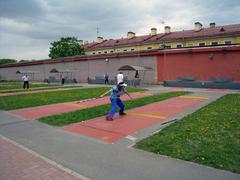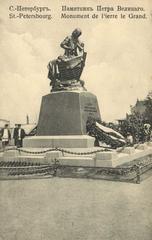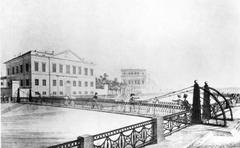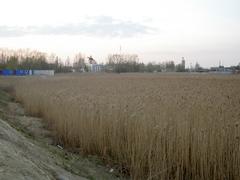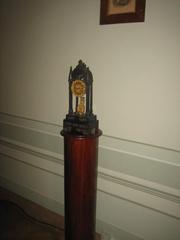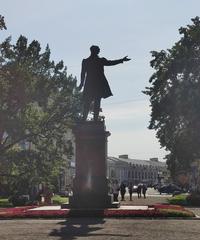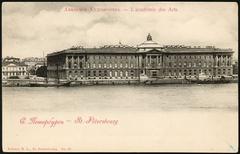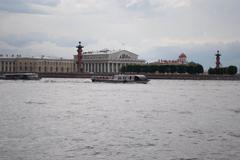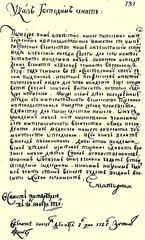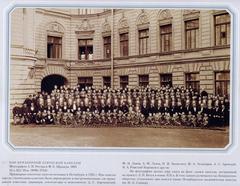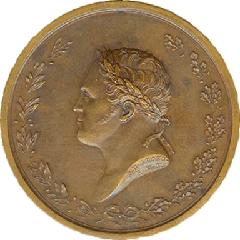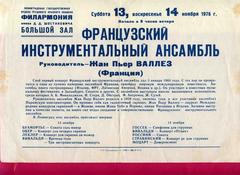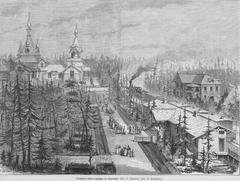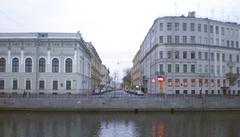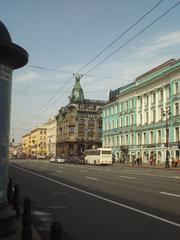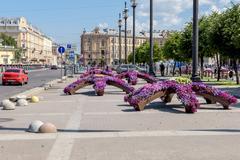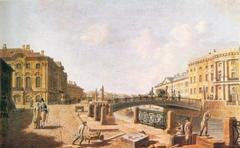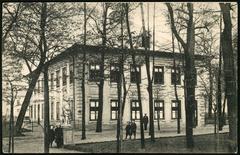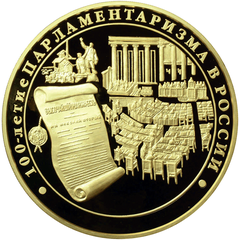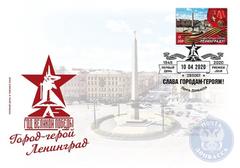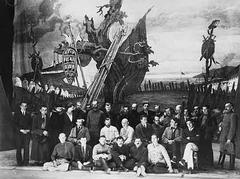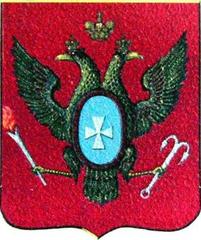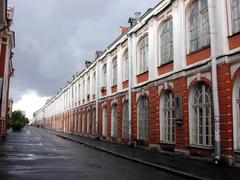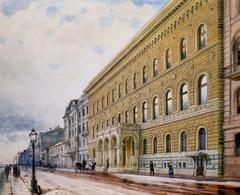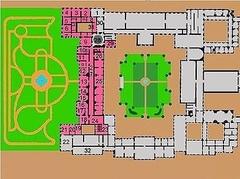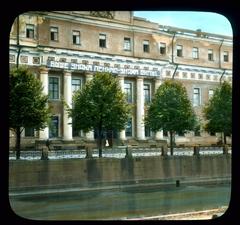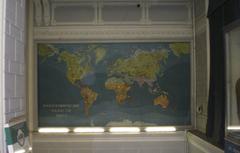Traces Of German Artillery Shells In Saint Petersburg
Saint Petersburg Historical Sites Guide: Exploring German Artillery Shell Traces
Date: 04/07/2025
Introduction: Tracing the Endurance of Saint Petersburg
Saint Petersburg, Russia, stands as a vibrant city shaped by resilience and historical memory—particularly through the visible remnants of German artillery shells from the Siege of Leningrad (1941–1944). This harrowing siege left deep scars on the city’s architecture and psyche, with artillery damage deliberately preserved as memorials. Today, these marks are not only stark reminders of wartime devastation but also powerful symbols of the courage and endurance of Leningrad’s residents.
This detailed guide will immerse you in Saint Petersburg’s wartime legacy, focusing on the preserved traces of artillery shelling, essential historical sites, and practical visiting information. Whether you are a history enthusiast, cultural explorer, or a traveler seeking to connect with the city’s past, this guide will provide actionable insights, recommended routes, and resources to enrich your visit.
Contents
- Introduction
- The Siege of Leningrad: Historical Overview
- The Siege of Leningrad Memorial: Visiting Guide
- Practical Information: Hours, Tickets, and Access
- Navigating to Key Sites
- Tips for Respectful Visitation
- Exploring Shell Traces: Locations and Interpretation
- The Military-Historical Museum of Artillery: An In-Depth Visit
- Cultural Resonance and Commemoration
- Guided Tours and Special Events
- Frequently Asked Questions (FAQ)
- Summary and Visitor Tips
- Sources
The Siege of Leningrad: Historical Overview
The Siege of Leningrad, spanning from September 8, 1941, to January 27, 1944, was one of World War II’s most prolonged and tragic blockades. German and Finnish forces isolated the city, subjecting it to relentless artillery bombardment and extreme deprivation. Over a million civilians perished due to starvation, exposure, and direct attacks. The city’s buildings, bridges, and streets still bear the scars of these attacks, many of which have been intentionally preserved as public memorials (Wikipedia: Siege of Leningrad).
The Siege of Leningrad Memorial: Visiting Guide
Situated near some of the most affected sites, the Siege of Leningrad Memorial commemorates the city’s suffering and resilience. The memorial complex features preserved ruins, detailed plaques, and exhibits that convey the human and material toll of the siege.
Visiting Highlights:
- Exhibits: Artifacts, personal diaries, and photographs from the period.
- Interpretive Plaques: Descriptions in multiple languages highlight the significance of preserved damage.
- Commemorative Ceremonies: Key anniversaries (January 27th and May 9th) feature parades and memorial events (Siege of Leningrad Memorial Official Page).
Practical Information: Hours, Tickets, and Access
- Opening Hours: Daily, 10:00 AM – 6:00 PM (last entry at 5:30 PM).
- Admission: Generally free; some guided tours or special exhibitions may require a fee (approx. 300 RUB).
- Guided Tours: Offered in multiple languages. Booking ahead is recommended during peak seasons.
- Accessibility: Ramps and accessible pathways are available, though some outdoor sections may be less navigable in winter.
Navigating to Key Sites
- Metro: Closest station is Ploshchad Vosstaniya (Red Line), a 10-minute walk from the memorial.
- Buses: Several lines serve the area.
- Parking: Limited; public transport is strongly advised.
Tips for Respectful Visitation
- Dress Comfortably: The memorial includes outdoor areas with uneven terrain.
- Allocate Time: Plan for 1.5–2 hours at the memorial; combine with visits to nearby landmarks.
- Photography: Permitted, but be respectful of the memorial context.
- Sensitivity: Many sites are places of remembrance; maintain a respectful demeanor, especially during commemorative events.
Exploring Shell Traces: Locations and Interpretation
Wartime Context and Preservation
During the siege, German artillery—including notorious 15cm and 28/32cm rocket launchers—inflicted widespread destruction. Today, traces of these attacks are visible across Saint Petersburg’s urban landscape (TracesOfWar). Rather than erasing these scars, authorities have preserved them as living memorials, integrating them into the cityscape and daily life.
Key Locations
- Nevsky Prospekt: The city’s main avenue, with buildings bearing plaques and visible shell marks.
- Residential Districts: Many older apartment blocks still display shrapnel scars.
- Victory Square: The Monument to the Heroic Defenders of Leningrad and an underground exhibit with siege artifacts.
- Green Belt of Glory: A ring of memorials at former battlefronts, including the “Broken Ring” on Lake Ladoga (Wikipedia: Siege of Leningrad).
Interpretive Plaques and Inscriptions
Buildings often carry plaques stating: “This side of the street was most dangerous during the shelling.” These markers provide context, transforming ordinary city walks into immersive historical experiences.
The Military-Historical Museum of Artillery: An In-Depth Visit
Overview and Significance
Located on Petrogradsky Island, the Military-Historical Museum of Artillery showcases Russia’s artillery history and holds unique artifacts from the Siege of Leningrad. Its exhibits deepen understanding of the shell marks visible throughout the city (Military-Historical Museum of Artillery).
Exhibitions
- German and Soviet Artillery: Actual pieces used during the siege.
- Personal Artifacts: Letters, uniforms, and memorabilia from defenders.
- Outdoor Courtyard: Large cannons and missile launchers, with interactive opportunities for visitors (St Petersburg Essential Guide: Military-Historical Museum of Artillery).
Visiting Information
- Hours: Wednesday–Sunday, 11:00 AM – 6:00 PM (last admission 5:00 PM). Closed Mondays, Tuesdays, and last Thursday monthly.
- Tickets: Adults 400 RUB; students 250 RUB; additional fee for photography.
- Accessibility: First and second floors accessible; assistance available on request.
Nearby Connections
- Peter and Paul Fortress: Offers additional WWII history and shell scars.
- Cruiser Aurora: Naval history and defense of Leningrad.
- State Memorial Museum of the Defence and Siege of Leningrad: Focuses on civilian and military experiences during the siege (State Memorial Museum of the Defence and Siege of Leningrad).
Cultural Resonance and Commemoration
The city’s preserved shell marks have become pivotal in Saint Petersburg’s collective memory, serving as both historical evidence and cultural symbols. Local artists, educators, and historians incorporate these traces into public consciousness through educational programs, art, and poetry. The city’s decision to retain visible wartime scars, rather than restoring facades to pre-war conditions, is a conscious act of remembrance (Wikipedia: Siege of Leningrad).
Annual commemorations, especially on January 27th and May 9th, include military parades, reenactments, and public ceremonies, reinforcing the enduring significance of these sites.
Guided Tours and Special Events
- Guided Tours: Available through official operators such as Express to Russia: Siege of Leningrad Tours.
- Special Events: Attend parades and ceremonies on key dates for a deeper connection to local traditions.
Frequently Asked Questions (FAQ)
Q: Where can I see preserved artillery shell marks in Saint Petersburg?
A: Along Nevsky Prospekt, near the Hermitage Museum, Peter and Paul Fortress, and several residential districts.
Q: Are there guided tours focused on siege sites?
A: Yes, multiple operators offer thematic tours covering the siege, shell traces, and related memorials.
Q: Are the museums and memorials accessible to visitors with disabilities?
A: Most major sites offer partial accessibility; contact venues for specific information.
Q: What are the main dates for commemorative events?
A: January 27th (lifting of the siege) and May 9th (Victory Day).
Q: Is photography allowed at these sites?
A: Generally yes, though some museums charge a small fee. Be respectful of the memorial context.
Summary and Visitor Tips
Saint Petersburg’s preserved artillery shell traces and related historical sites offer a profound window into the city’s wartime endurance and cultural memory. Plan your visit by checking official resources for the latest information on hours, ticketing, and accessibility. Respect the memorial nature of these sites, and consider guided tours or special events for an enriched experience. For trip planning, use resources such as the Official Saint Petersburg Tourism Website, State Memorial Museum of the Defence and Siege of Leningrad, and Express to Russia: Siege of Leningrad Tours.
Sources and Further Information
- Siege of Leningrad Memorial Official Page
- Military-Historical Museum of Artillery Official Website
- Wikipedia: Siege of Leningrad
- Official Saint Petersburg Tourism Website
- State Memorial Museum of the Defence and Siege of Leningrad
- Express to Russia: Siege of Leningrad Tours
- TracesOfWar: German Rocket Artillery
- St Petersburg Essential Guide: Military-Historical Museum of Artillery
Image alt texts to use: “Siege of Leningrad Memorial entrance in Saint Petersburg”, “Shrapnel marks on buildings from the Siege of Leningrad”, “Historic warning signs painted on Leningrad streets during WWII”, “Visitors exploring the Siege of Leningrad Memorial grounds”, “Artillery shell mark on historic building facade in Saint Petersburg”, “Monument to the Heroic Defenders of Leningrad in Victory Square”, “Military-Historical Museum of Artillery visiting hours”, “Military-Historical Museum of Artillery tickets”, “Saint Petersburg historical sites”.
For more travel tips and immersive guides, download the Audiala app and follow us on social media.
